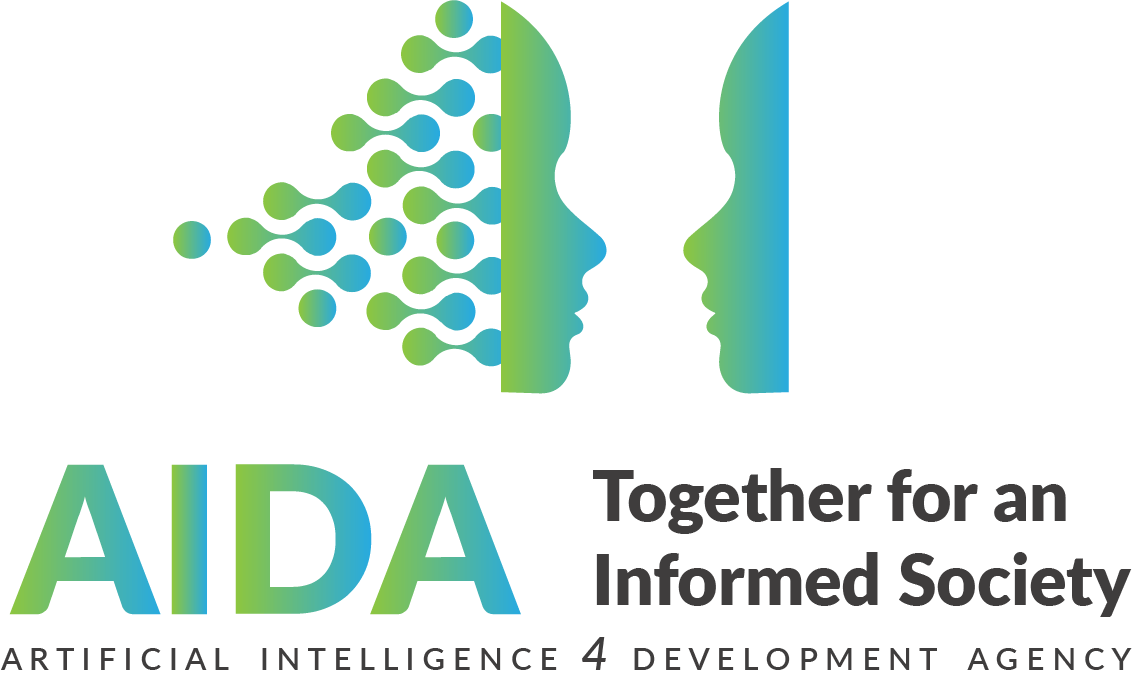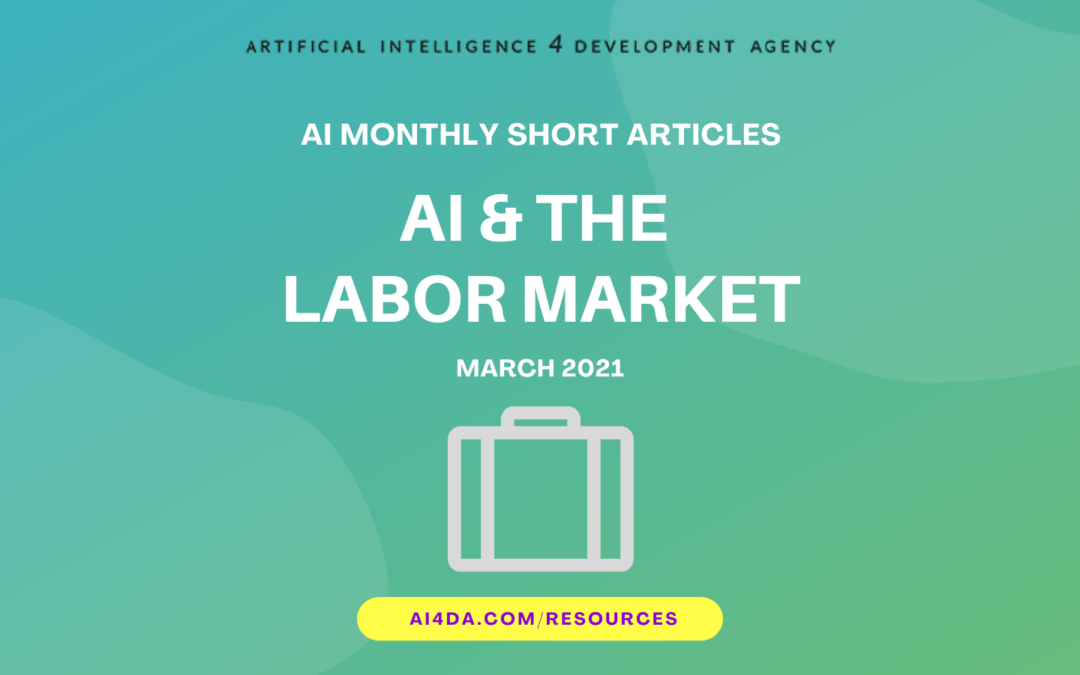How does AI impact the economy?
The world economy is fueled by technology. From Self-driving cars, the use of the automated robots in the labor-intensive industries to search engines and smartphones, technology changes the way we obtain information, the way we buy products, the way we communicate and even the way we work.
During the COVID pandemic the use of digital technologies has skyrocketed and with it Artificial Intelligence is taking a very prominent role. According to the data from the McKinsey Global Institute, AI can potentially add 16% to the global economy by 2030 and boost the global gross domestic product GDP up to 26%. [1] When it comes to analyzing the impact on the economy, measuring the effects on the labor market plays an important role. There are many questions to be addressed, but the main ones are certainly the following: How will technology affect labor markets? Will more jobs be created or lost in the process?
Will AI transform the labor market?
In their report named “Will robots really steal our jobs?” PWC identified 3 waves of introduction of automation in the work process. [2] The division entailed an Algorithm wave, Augmentation wave and Autonomy wave. [3] The Algorithm wave comprises mainly those computational tasks and data analysis which don’t impact the labor market to a great extent. On the other hand, the Autonomy wave might be decades ahead and does not constitute a threat to people’s jobs at the moment. However, the Augmentation wave is considered to be the most imminent concern because it’s already in use and demands a certain level of skill adjustment to those using it.
The use of AI in the work process will affect a wide range of professions. While many of them will cease to exist, others will have to adapt to new circumstances, but also there are AI related professions that are yet to emerge. The professions of the future that are (known to) not be prone to be replaced by AI are the ones requiring empathy, context, innovation and leadership.
According to the World Economic Forum (WEF), the use of machines and algorithms will cause the loss of 75 million jobs on one hand, but also create 133 million new job roles by 2022. If these estimates turn out to be true, this would mean that AI would create 58 million jobs more than it would replace. [4] The available data so far speaks in favor of the proclaimed tendency. More concretely, the “Future of work” report, issued by ZipRecruiter claims that AI created 3 times as many jobs in 2018, than it has eliminated. [5] Moreover, the same report states that demand for workers with AI skills increased by 379% from 2016 to 2018. [6]
A way forward
The impact of AI on the global economy will be significant but there still has to be some reserves with respect to the extent of its impact on the labor market. However, one thing is certain, in order to minimize the possible negative effects, a multi-stakeholder approach is crucial.
Many countries in the world are currently developing their national AI policies to enable the labor market’s smooth transition into a digital economy. In this context, the role of organizations such as AI4DA is crucial in ensuring that the public, policy makers, and business are aware and informed of the potential negative and positive implications of AI.
This means warning and educating about AI’s challenges but also praising and sharing its remarkable potential to transform sectors such as youth employment. For example, AI based profiling application Skilllab [7] can uncover the competencies of youth in their local languages by using a conversational chatbot. This is especially useful for vulnerable youths like refugees and immigrants who lack formal certifications, might have a language barrier and might be experiencing information asymmetry. [8]
In the end, one thing is certain, the introduction of automation and AI needs careful and continuous assessment of its impact on the local and global community, including the labor market. We also need to avoid the potential scenario where AI destroys more jobs than it creates and we need to go beyond the debate about job loss and include who gets access to the benefits of AI on the agenda as it mustn’t be available only to the privileged few, but to as many people as possible.
References
[1] Bughin, J., Seong, J., Manyika, J., Chui, M., & Joshi, R. (2019, November 20). Notes from the ai frontier: Modeling the impact of ai on the world economy. Retrieved March 16, 2021, from https://www.mckinsey.com/featured-insights/artificial-intelligence/notes-from-the-AI-frontier-modeling-the-impact-of-ai-on-the-world-economy
[2] “Will Robots Really Steal Our Jobs? – PwC UK,” accessed March 8, 2021, https://www.pwc.co.uk/economic-services/assets/international-impact-of-automation-feb-2018.pdf
[3] Ibid
[4] “The Future of Jobs Report 2018.” Future of Jobs 2018. Accessed March 8, 2021. http://reports.weforum.org/future-of-jobs-2018/?doing_wp_cron=1615199949.9690101146697998046875
[5] “The ZipRecruiter Future of Work Report,” ZipRecruiter, February 27, 2020, https://www.ziprecruiter.com/blog/future-of-work-report-2019/
[6] Ibid
[7] https://skilllab.io/en-us
[8] Sunamika Singh, Namita Datta,Davide Strusani, “Three ways artificial intelligence can help boost youth employment”, https://blogs.worldbank.org/jobs/three-ways-artificial-intelligence-can-help-boost-youth-employment

